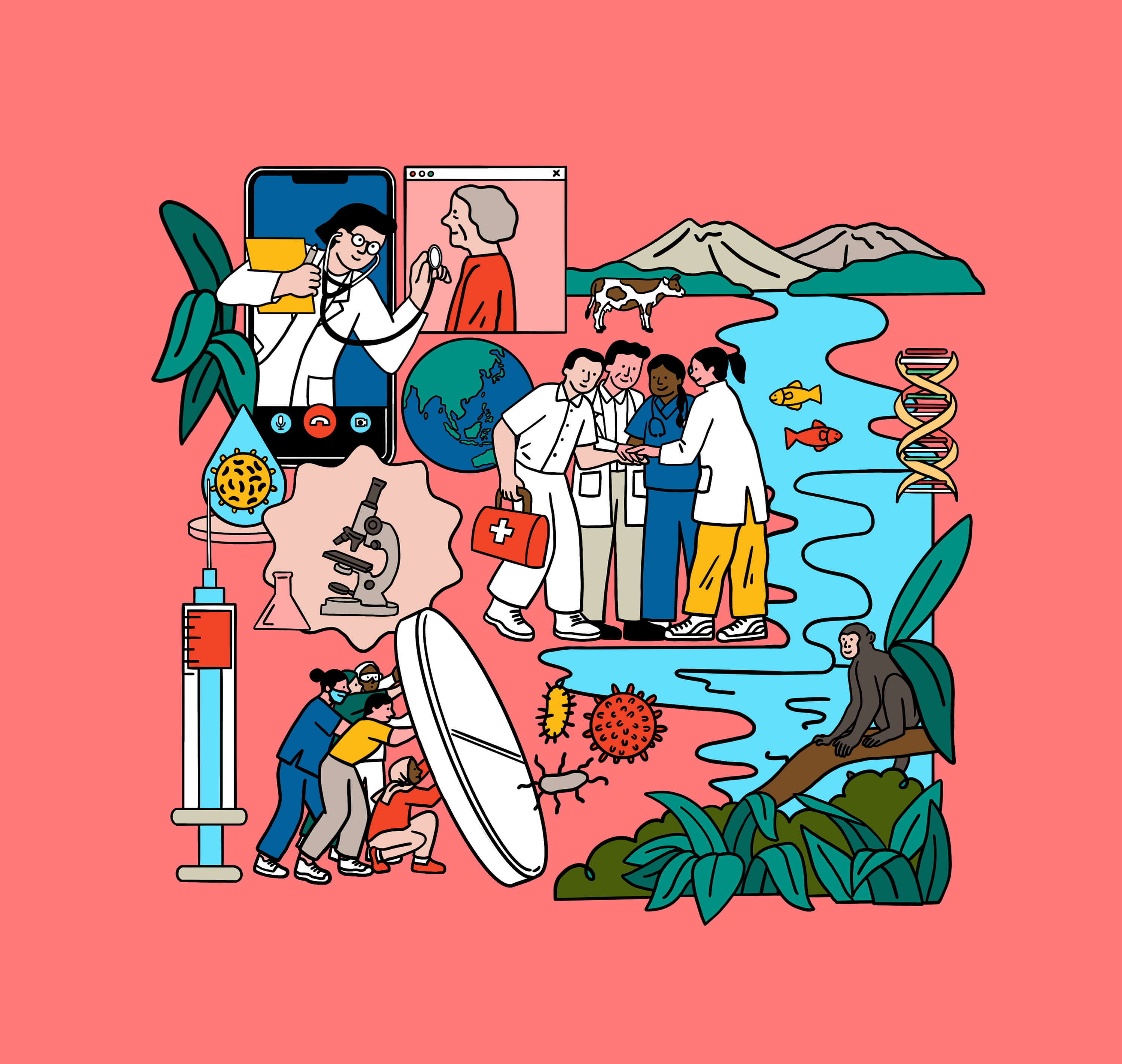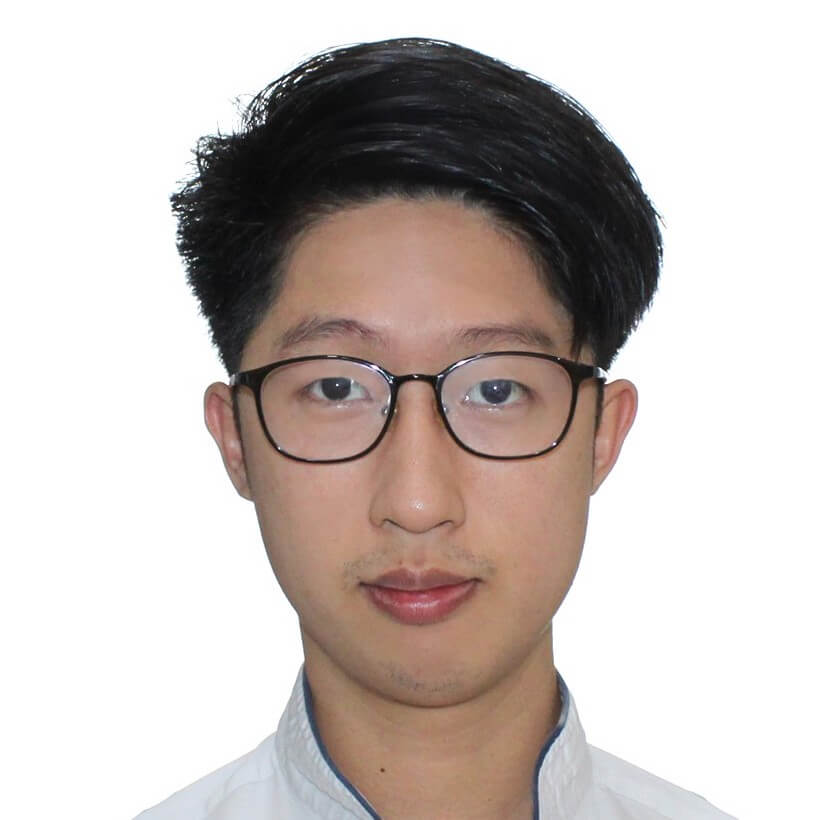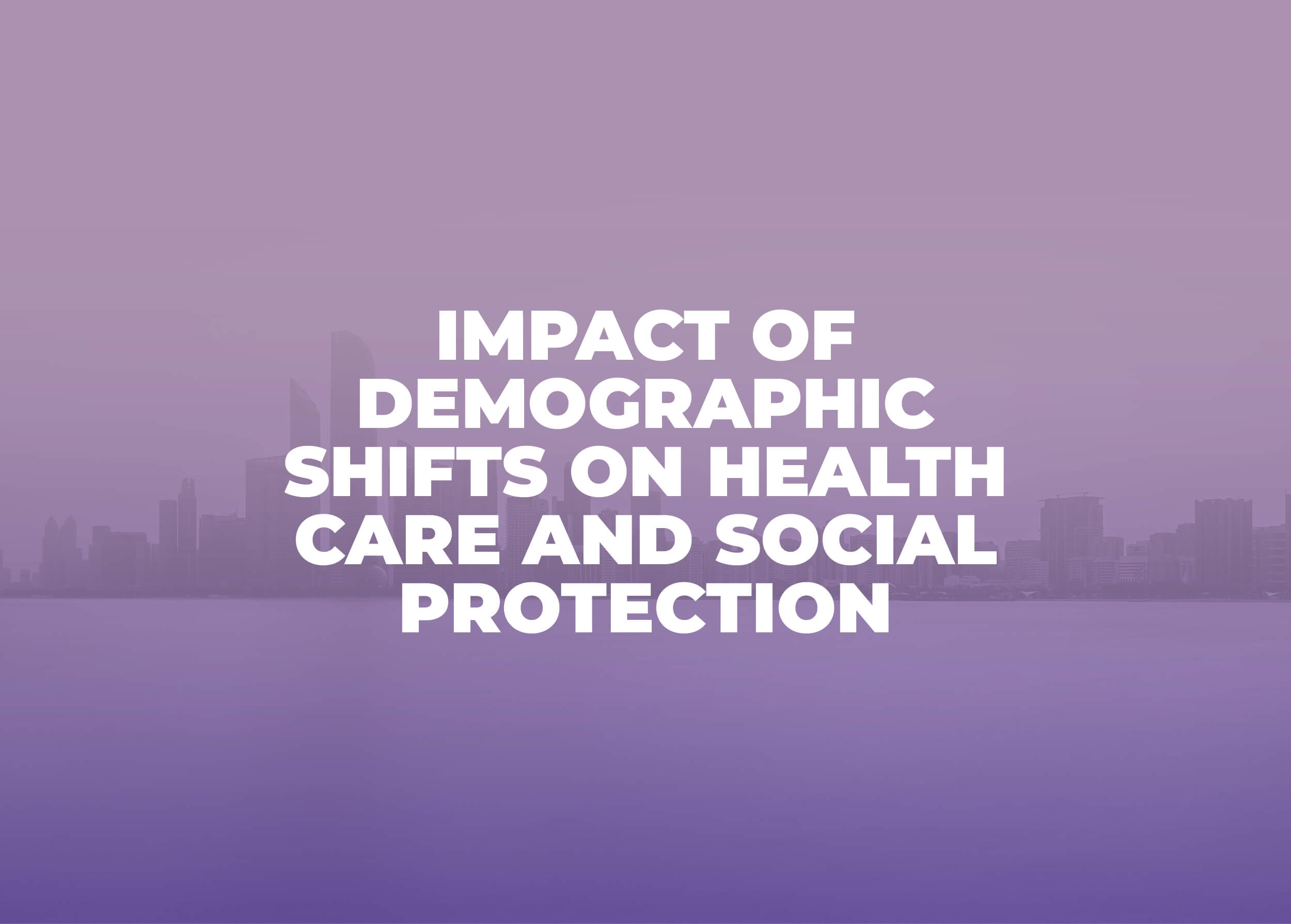




An ageing population presents a multi-faceted and complex challenge with profound implications. According to the United Nations, a country is “ageing” if more than 7 per cent of its population is aged 65 years and above, “aged” if it exceeds 14 per cent, and “super-aged” if it exceeds 21 per cent. Older people are more likely to suffer from chronic medical conditions like diabetes and dementia, as compared to younger people who may seek care for injuries and other acute conditions.
They may face chronic disabilities from mobility and cognitive difficulties, making self-care more challenging and thereby needing greater rehabilitation and caregiving services. Healthcare infrastructure will face increased strain in meeting these healthcare needs, as waiting times at clinics and emergency departments rise, hospital bed occupancy rates climb, and vacancies for step-down care fall. Healthcare workers will also struggle with higher workloads and stress, with attendant risks of fatigue, burnout, and attrition. This, in turn, will multiply the remaining workers’ workloads, perpetuating a vicious cycle of stress on the healthcare workforce. Beyond healthcare service delivery, health financing will likewise be strained as a shrinking number of economically active adults support a growing number of older people, and falling tax revenue is stretched to fund the rising cost of healthcare for them. Adding to all these are the personal aspirations of older people to live out their golden years in a meaningful way, and the fears of some falling through the cracks of social safety nets, being left behind by technology, and being forgotten.
Ageing populations also illustrate how today’s problems were the outcome of yesterday’s solutions. It is the unintended consequence of two happy realities. Firstly, medical advances have extended life expectancy in many countries, including in ASEAN. According to the World Bank, life expectancy in Southeast Asia ranged from five to seven decades in 1960 and improved dramatically to seven to nine decades in 2021. Secondly, economic development was accompanied by the increased participation of women in the labour force and their changing aspirations, resulting in falling fertility rates. Taken together, people are living longer and having fewer children.
While economic progress remains desirable, and the march of time inexorable, Singapore’s experience is that our ageing population is also getting unhealthier, beyond what is attributable to age alone. In fact, Singapore’s population is ageing rapidly. It took 19 years for Singapore to go from “ageing” to “aged” in 2017, and we project that it will only take nine years to get to “super-aged” in 2026. High blood pressure now affects 32 per cent of Singaporeans, and high cholesterol affects 37 per cent. Left unmitigated, the combined effects of rapid ageing and worsening population health will overwhelm healthcare resources. For this reason, Singapore has developed a strategy which is encapsulated in the 2023 Action Plan for Successful Ageing. Now in its second edition, the plan embraces old age as a valuable life stage, full of opportunities to contribute to society. This strategy is intimately tied to “Healthier SG”, the national effort to improve population health, and recognises the needs of older people for relationships and connection.
Singapore aims to embrace our older population as valuable workers, learners, and volunteers, robustly contributing their knowledge, experience, and wisdom in meaningful and fulfilling ways that meet their own desires. The government, employers, and older workers each play a role in realising this vision. From raising the statutory retirement and re-employment age to developing flexible working arrangement guidelines and redesigning jobs, to supporting and engaging in reskilling and lifelong learning, all tripartite stakeholders will work together to unlock the full potential of older people and support them so they can work for as long as they wish. Likewise, through funding and improved volunteer management, government and volunteer organisations will support older adults who desire to contribute differently and volunteer themselves to help more vulnerable segments of society such as socially isolated older people and children at-risk.
The healthcare needs of older people comprise promotive, preventive, curative, rehabilitative, chronic, and palliative care. Healthier SG aims to encourage health-promoting behaviour in the population by leveraging doctor-patient relationships in primary care, supported by partners in the community who create opportunities to live more healthily and reduce barriers to the same. Doctors can make social prescriptions, which are then carried out in the community. When each person is committed to seeing the same doctor long-term, vaccination and screening become more salient to the care encounter, and misconceptions may be more easily addressed. By focusing on promotive and preventive care not only in older adults but also in younger adults, the rising need for more expensive and personally costly curative, rehabilitative, and chronic care can be moderated in the long term. Presently, community partners running Active Ageing Centres in Singapore create many diverse opportunities for older people to participate in health-promoting activities, and strengthen social connectedness both within their groups and intergenerationally. Making living environments more older-people-friendly supports their engagement with the community as well. Efforts are ongoing to promote digital literacy and access to smartphones and to install older-people-friendly infrastructure such as in parks and on the public transport network. Palliative care capabilities in the primary and community care sectors are being strengthened, so that people can pass on with dignity and comfort in their preferred place of demise.
Healthcare affordability is of particular concern to many older Singaporeans who are also grappling with retirement adequacy. We address this through the “S +3Ms” financing framework— Subsidies, MediShield Life, MediSave, and MediFund—which seeks to strike a balance between individual and collective responsibility and keep healthcare affordable and sustainable. Government subsidies form the bulk of healthcare financing. These are means-tested to focus support on lower- and middle-income individuals who may need it more. MediShield Life is a lifelong national health insurance scheme against catastrophic healthcare expenditure that covers all citizens and permanent residents for life, including those with pre-existing medical conditions. Similarly, CareShield Life, a disability insurance for Singaporeans, provides monthly cash payouts for life upon severe disability. Both MediShield Life and CareShield Life premiums can be paid through one’s MediSave account, a mandatory health savings account. Individuals set aside part of their monthly income towards their MediSave account. These contributions are supplemented by Government top-ups to help Singaporeans save for their future healthcare needs. MediSave can be used to pay for one’s care expenses as well as premiums for national insurance schemes. Citizens who still require help affording healthcare despite the above can tap on MediFund, a government-funded safety net that provides assurance that no one will lose access to appropriate care due to an inability to pay.
While getting older is inevitable, 65 years old is an arbitrary threshold between the economically active and inactive parts of the population. Singapore’s strategy for an ageing population enables older people to live up to their fullest potential while meeting their immediate needs now and reducing the impact of future needs through preventive care. As ASEAN populations continue to age, strategies that enable older people to continue meaningfully contributing to society while addressing their needs can turn silver into gold, and age into “just a number.”
“
Singapore aims to embrace our older population as valuable workers, learners, and volunteers, robustly contributing their knowledge, experience, and wisdom in meaningful and fulfilling ways that meet their own desires.







